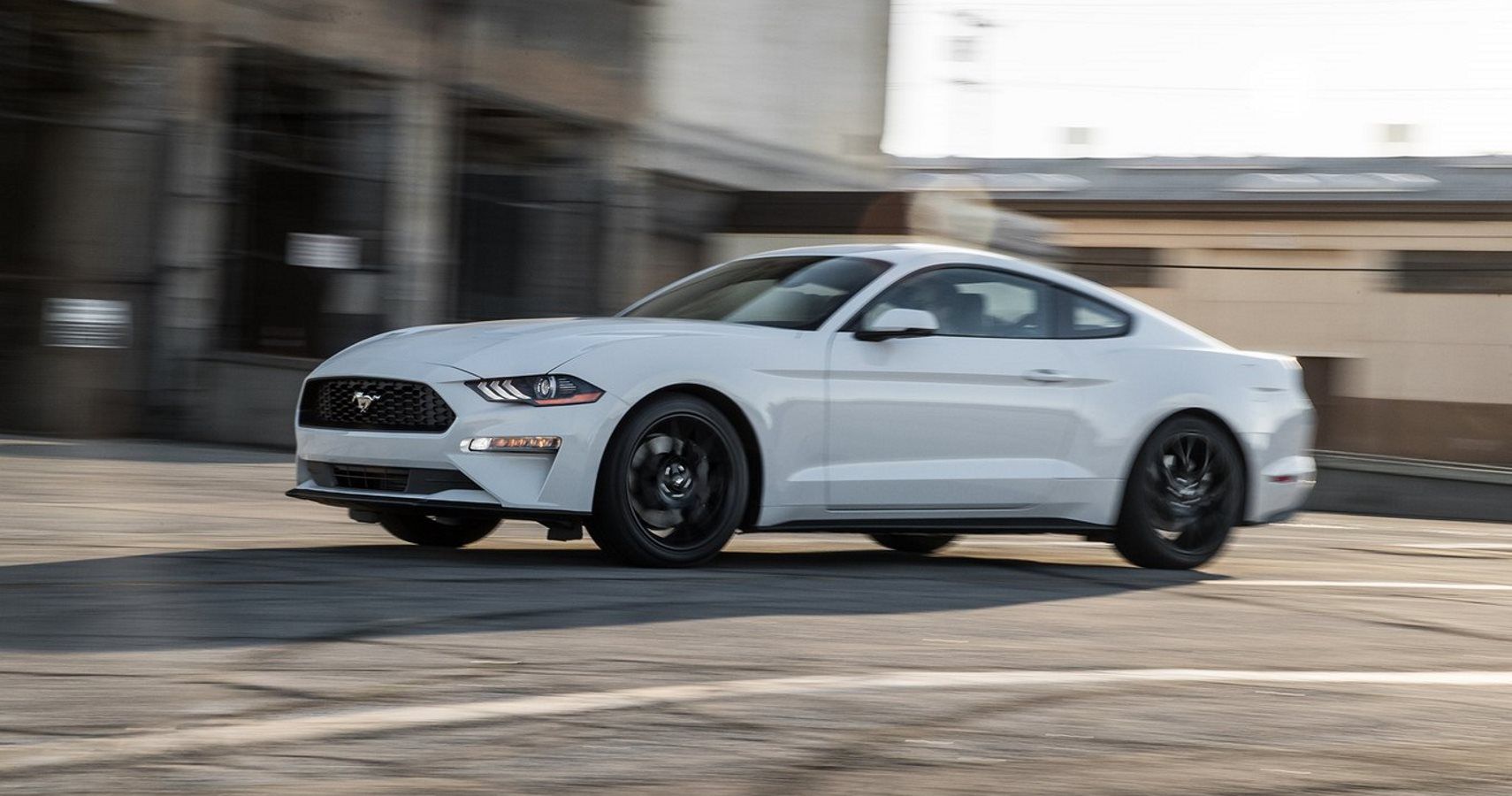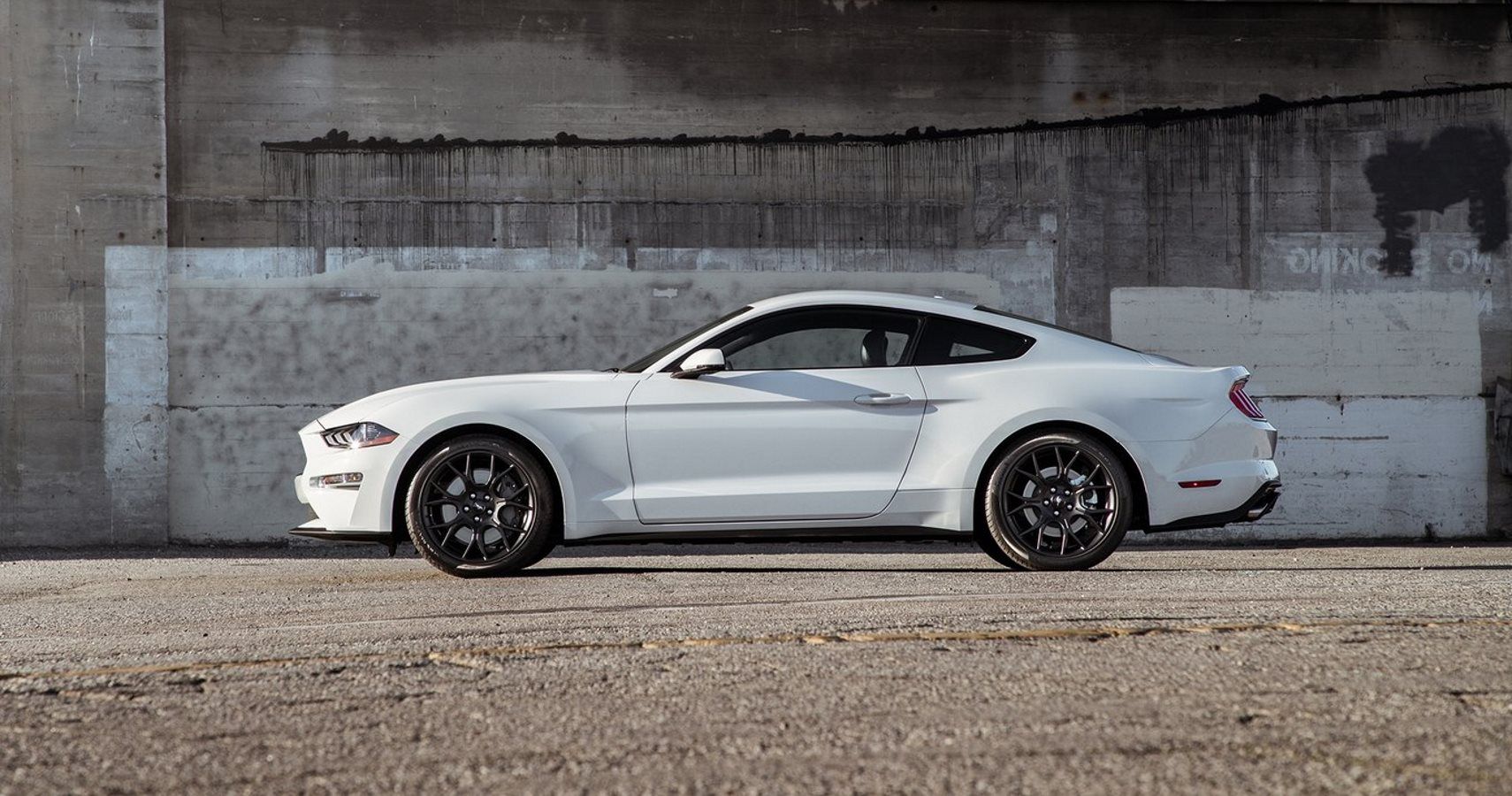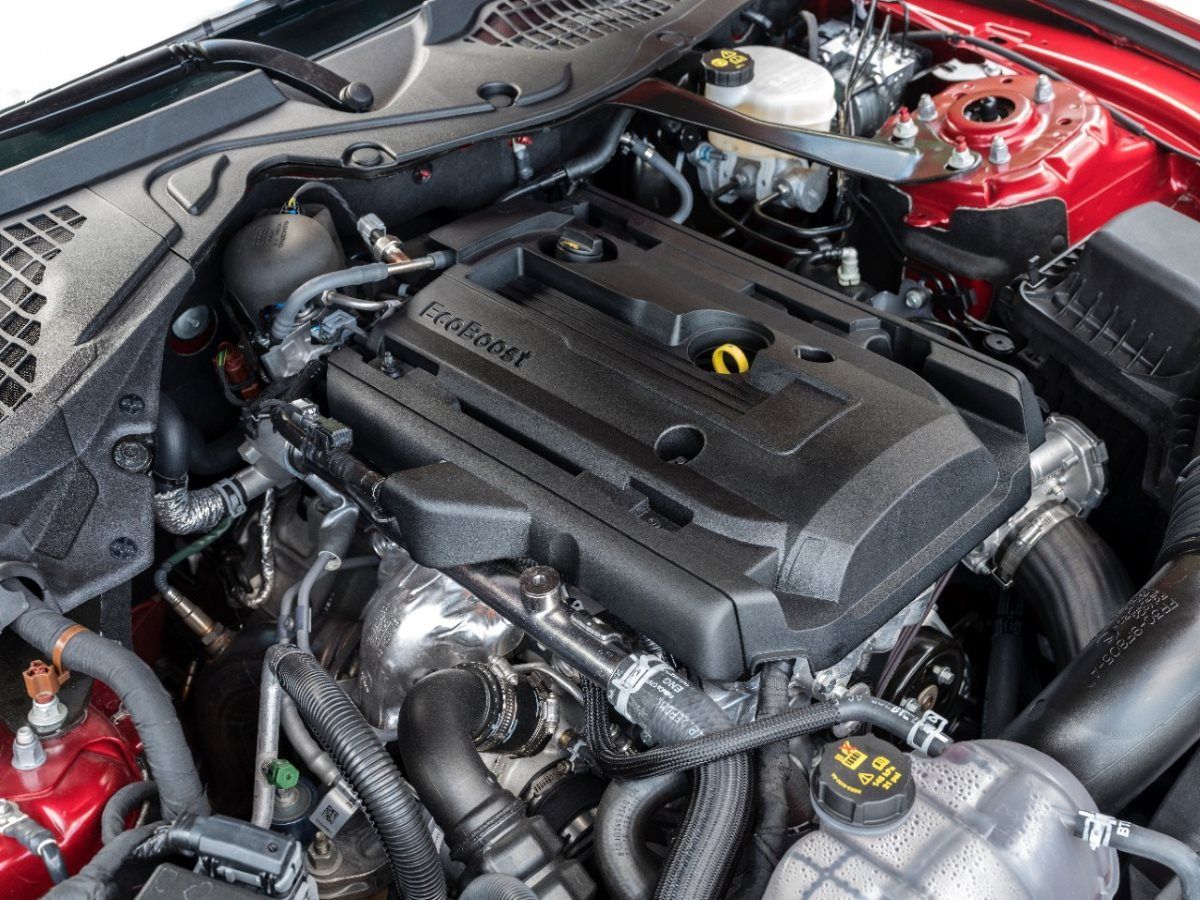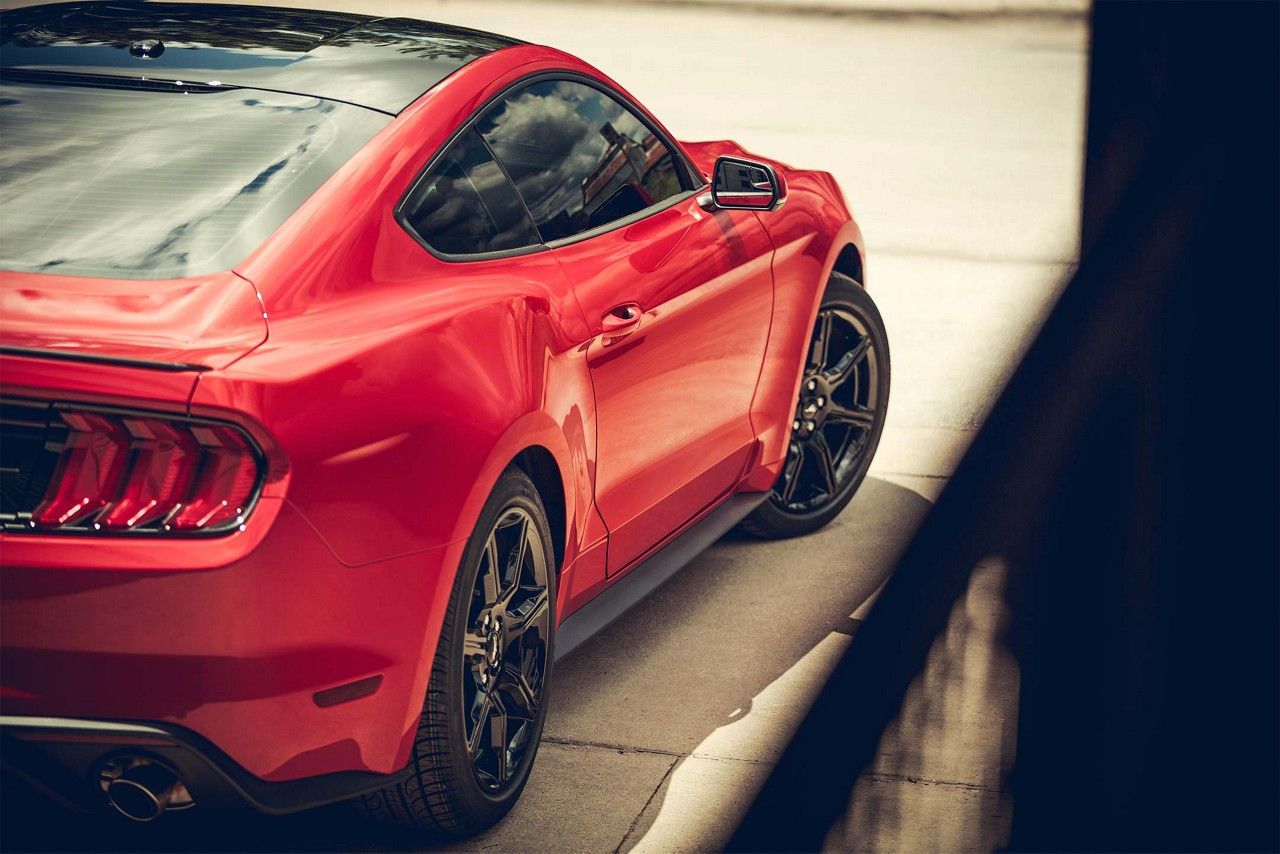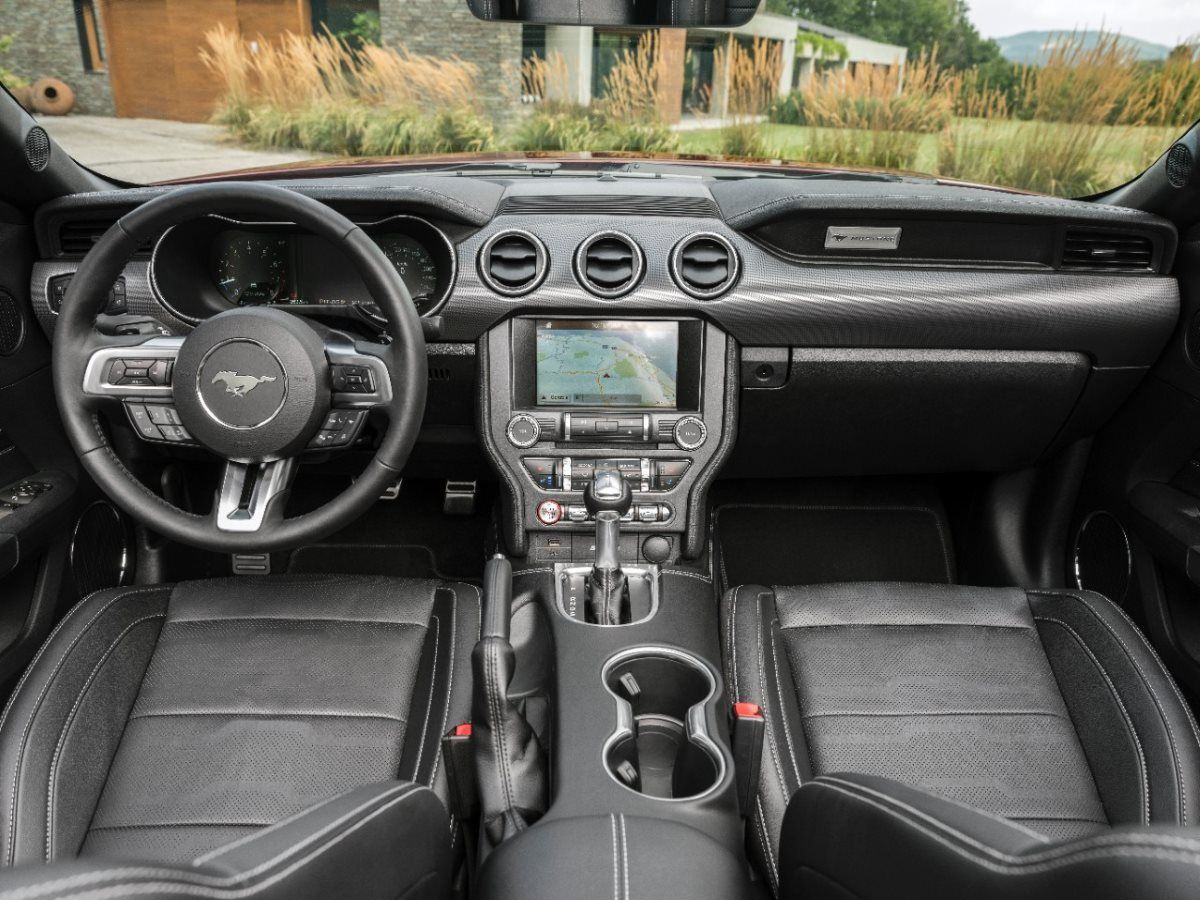Anyone can drive a Mustang. That’s been the ethos since Ford introduced the original pony car in 1965. Since then, the Mustang has remained in uninterrupted production for over five decades. Very few cars can make that same claim and is only beaten for sports car longevity by its arch-rival, the Chevy Corvette.
But while the Corvette evolved over the years in terms of design, where even now there are rumblings of a mid-engine ‘Vette in the works, the Mustang has gone through it’s many evolutions to wind up where it started, with styling that can trace its heritage all the way back to the original Mustang fastback of 1965.
There is another difference. Whereas Corvettes have become too expensive for the common man and woman to ever afford, Mustangs have remained affordable throughout their long history.
However, now there are Mustangs that go well beyond affordable and verge into supercar territory both in terms of performance and price. A Mustang bought today can range in price from $26,000 all the way to $72,000 depending on trim level, location, and available options.
While grabbing a 500+ horsepower Shelby Mustang is certainly possible, that’s not the most common Mustang seen on the roads today. The most common is the EcoBoost Fastback, so called due to its 2.3-L turbocharged inline 4-cylinder engine of the same name.
0 to 60: 5.3 seconds
Horsepower: 310 hp
Range: 370 miles
Top Speed: Limited to 123 mph
Quarter mile: 13.9 sec @ 97.2 mph
Braking 70 mph to 0: 164 ft
The EcoBoost engine replaced the old 3.7-L “Cyclone” V6 as the baseline power plant of the Mustang. Thanks to its turbocharged efficiency, the EcoBoost offered 10 more ponies and a whopping 70 more lb-ft of torque than the outgoing V6, providing a total of 310 hp and 350 lb-ft of torque.
RELATED: FORD MUSTANG RETAINS ITS CROWN AS BEST SELLING SPORTS COUPE
Even more impressive was the added fuel efficiency. The outgoing V6 drank gas like a man who found an oasis in the desert, but the EcoBoost absolutely sips fuel in comparison with 21 mpg in the city and 31 mpg on the highway.
That fuel efficiency can be further improved with Ford’s new 10-speed automatic transmission. A six-speed manual is still the standard offering, and also still the more popular choice, but Ford has put a lot of time and research dollars into making an automatic transmission that is simply better at conserving fuel than even the most conservative manual driver. Not that there are too many of those around and even fewer that drive Mustangs.
As standard, the EcoBoost fastback comes with automatic LED headlights, LED tail lights, auto-dimming rearview mirror, rearview camera, and air conditioning. A six-speaker audio system comes mated to a seven-inch center console display, which isn’t much to write home about in comparison to many other sports cars.
However, the 12-inch instrument cluster just behind the wheel is something much more impressive. As an optional upgrade, that display can be given Ford’s Track Apps which displays performance statistics for the car such as g-forces, zero to sixty times, and even lap times.
But beyond the leather-covered steering wheel, the Mustang doesn’t come with much else. Only when you opt for the Premium trim level do you get options for things like adaptive cruise control, collision warning, emergency braking, reverse sensors, and automatic lane-keeping. A 9-speaker audio system is also available for music aficionados that are also Mustang fans.
Performance is also an optional extra with the EcoBoost. The standard model can achieve a zero to sixty time of around 5.3 seconds, but throwing it around corners can be a bit troublesome. The Performance Package optional upgrade adds larger brakes and springs, a limited-slip diff in the rear, larger 19-inch tires and an even larger rear wing.
RELATED: FORD WORKING ON A HYBRID MUSTANG
Those looking for more would need to purchase the GT trim for an additional $10,000, with the electronic drive aids driving that up another $4,000.
Ford makes it easy to spend money on a Mustang.
In terms of competition, the only other muscle car in the same price range is the Chevy Camaro 1LS, which falls short of the Mustang’s power output by a good 45 horses. On the other hand, the Camaro provides a somewhat more luxurious interior with a larger eight-inch infotainment screen, 8-way adjustable seats (compared to the EcoBoost’s 4-ways), and connectivity such as Apple CarPlay and Android Auto.
Fiat Chrysler’s entry-level muscle car, the Challenger SXT, doesn’t even approach the EcoBoost until you shell out for the 3.6-L Pentastar V6, at which point you’re paying over $10,000 more.
There are other ways to get into a cheap-but-thrilling car. Subaru’s BRZ is a mid-engine sports car in an era that has long since eschewed sports cars for crossovers and SUVs, and Mazda has their perennial MX-5 Miata. Both offer superb handling at an affordable price. But nothing will provide the same power at under $30,000 as the Mustang will.
Just as it always has.
NEXT: FORD MUSTANG COBRA JET - CHECK OUT THE SPECIAL 50TH ANNIVERSARY EDITION

